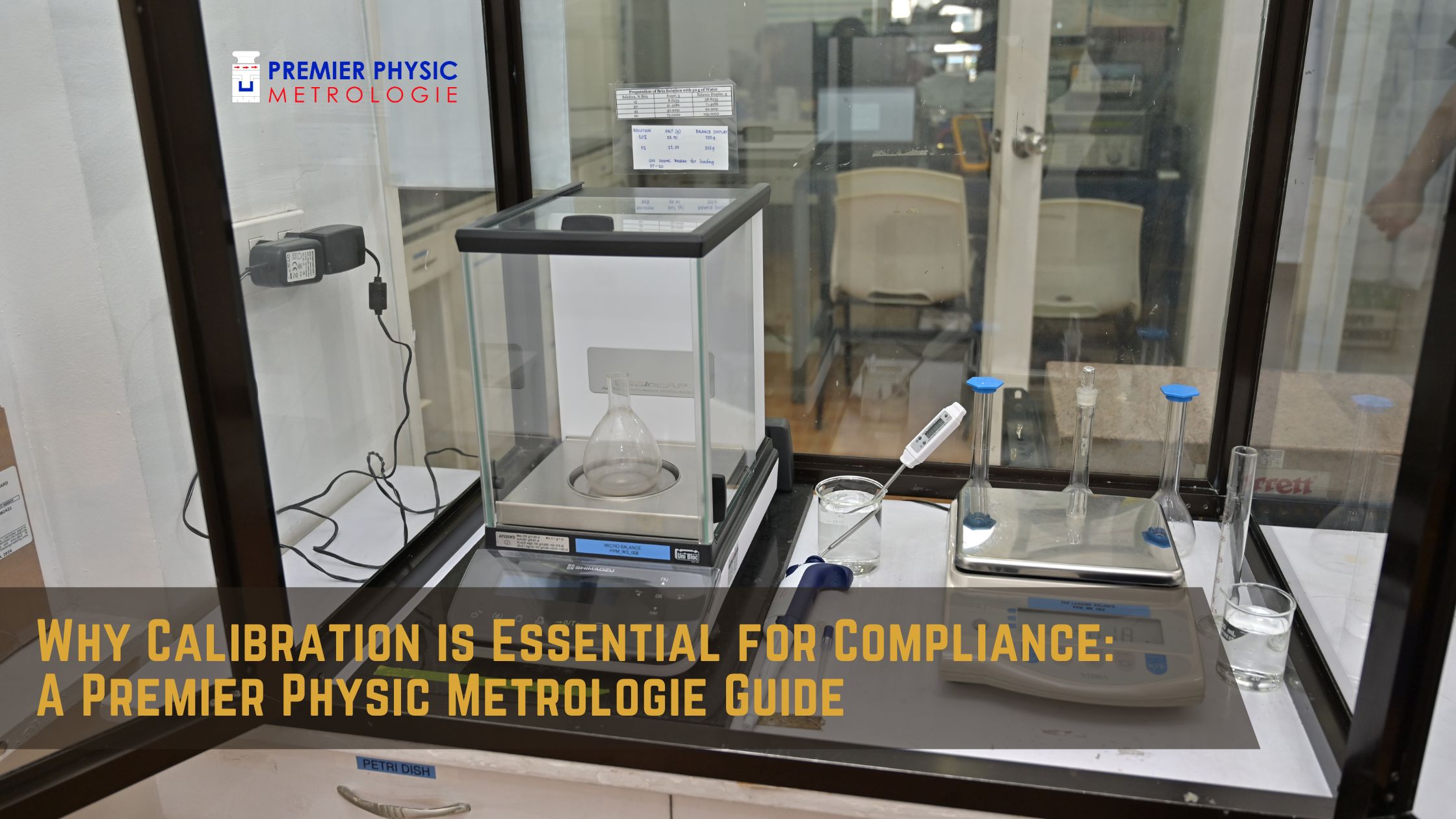Calibration is a critical aspect of ensuring precision and accuracy in measurements across various industries. This guide explores the importance of calibration for compliance, the processes involved, and the benefits it brings to maintaining industry standards. By understanding these elements, businesses can enhance their operational efficiency and meet regulatory requirements effectively.
Introduction
Calibration ensures that instruments and devices provide accurate and consistent measurements. This is crucial not only for maintaining quality but also for adhering to regulatory standards. Inaccuracies in measurements can lead to significant issues, including non-compliance with regulations, which can result in fines, legal issues, and loss of reputation.
Understanding Calibration
Definition of Calibration
Calibration involves comparing the measurements of an instrument or device against a known standard to determine its accuracy. The process typically includes adjusting the device to align with the standard if deviations are found.
Types of Calibration
- Absolute Calibration: Compares the instrument’s output to a known standard.
- Relative Calibration: Compares the output of the instrument to another device.
- Factory Calibration: Conducted by the manufacturer before the device is shipped.
- Field Calibration: Performed on-site to ensure ongoing accuracy.
Importance of Calibration
Ensuring Accuracy
Calibration ensures that instruments provide precise measurements, which is critical for quality control and reliable results in any scientific or industrial process.
Enhancing Reliability
Regular calibration checks and adjustments enhance the reliability of instruments, ensuring they perform consistently over time. This reliability is essential for long-term projects and processes.
Compliance and Calibration
Regulatory Standards
Many industries are governed by stringent regulatory standards that require regular calibration of equipment. Compliance with these standards ensures that businesses avoid penalties and continue to operate within legal frameworks.
Industry-Specific Requirements
Different industries have specific calibration requirements. For example, the pharmaceutical industry follows Good Manufacturing Practice (GMP) standards, while the automotive sector may adhere to ISO/TS 16949.
Calibration Procedures
Initial Calibration
Initial calibration is performed when a new instrument is installed to establish a baseline for future calibrations. It ensures that the device starts its operational life with accurate measurements.
Periodic Calibration
Regular, scheduled calibrations are essential to maintain accuracy over time. The frequency of calibration depends on the device’s usage, the critical nature of its application, and industry standards.
Calibration Methods
- Manual Calibration: Involves human intervention to compare and adjust measurements.
- Automated Calibration: Uses software and automated systems to perform calibrations with minimal human input.
Tools and Equipment for Calibration
Calibration Instruments
Various tools, such as calipers, micrometers, and gauges, are used for calibration. Each tool serves a specific purpose and ensures precise measurements in different contexts.
Software Solutions
Calibration management software helps streamline the process by scheduling calibrations, maintaining records, and generating reports. This software can enhance efficiency and ensure compliance with regulatory standards.
Challenges in Calibration
Common Issues
- Instrument Drift: Over time, instruments may lose accuracy due to wear and tear.
- Environmental Factors: Temperature, humidity, and other environmental conditions can affect measurements.
- Human Error: Mistakes during manual calibration can lead to inaccuracies.
Solutions and Best Practices
- Regular Training: Ensuring that personnel are well-trained can minimize human error.
- Controlled Environment: Maintaining a stable environment for calibration activities can reduce the impact of external factors.
- Use of Automation: Leveraging automated systems can enhance accuracy and reduce the risk of human error.
Benefits of Regular Calibration
Improved Product Quality
Consistent calibration leads to better quality control, ensuring products meet required specifications and perform reliably.
Cost Savings
Accurate measurements can prevent costly errors, reduce waste, and enhance overall efficiency, leading to significant cost savings.
FAQs
What is the purpose of calibration?
Calibration ensures that instruments provide accurate measurements, which is essential for quality control and compliance with regulatory standards.
How often should equipment be calibrated?
The frequency of calibration depends on the instrument, its usage, and industry requirements. Typically, it ranges from monthly to annually.
Can calibration be automated?
Yes, many modern calibration processes are automated using software, which enhances accuracy and efficiency.
What industries require calibration?
Industries such as pharmaceuticals, automotive, aerospace, and manufacturing require regular calibration to meet regulatory standards and ensure quality.
What are the risks of not calibrating equipment?
Failing to calibrate equipment can lead to inaccurate measurements, non-compliance with regulations, poor product quality, and potential legal issues.
What is instrument drift?
Instrument drift refers to the gradual loss of accuracy in measuring instruments over time due to wear and tear or environmental factors.
Conclusion
Calibration is essential for compliance, ensuring accurate and reliable measurements that meet industry standards. Regular calibration not only enhances product quality and operational efficiency but also ensures adherence to regulatory requirements. By understanding and implementing effective calibration processes, businesses can achieve significant benefits, including cost savings and improved reputation.



